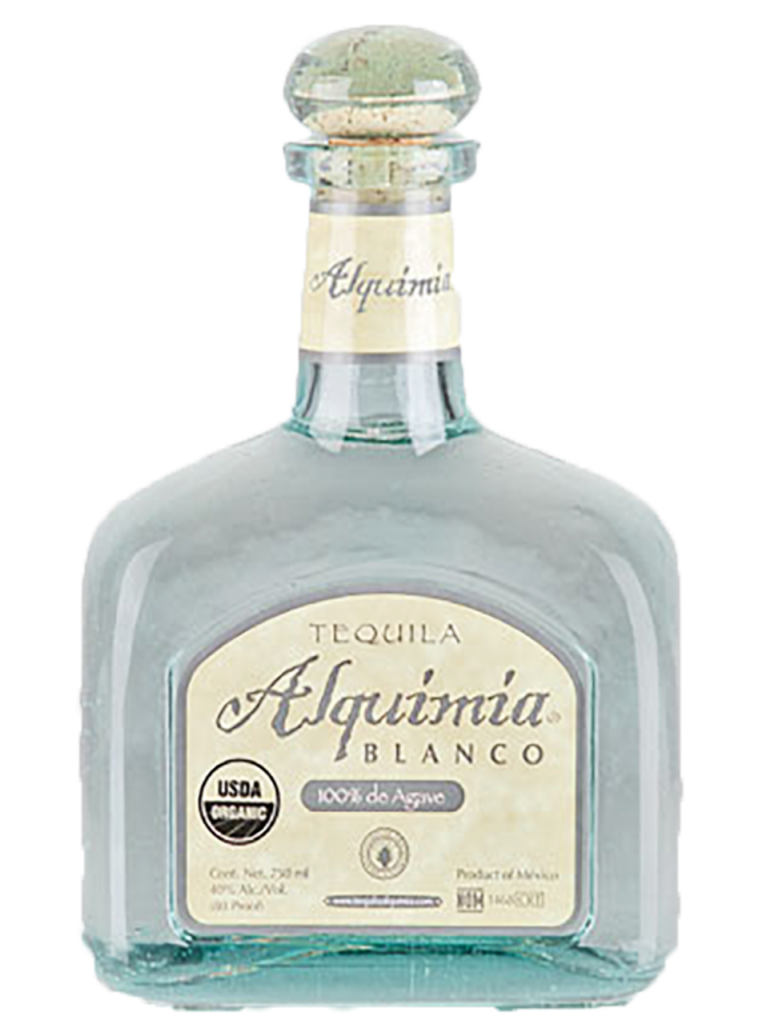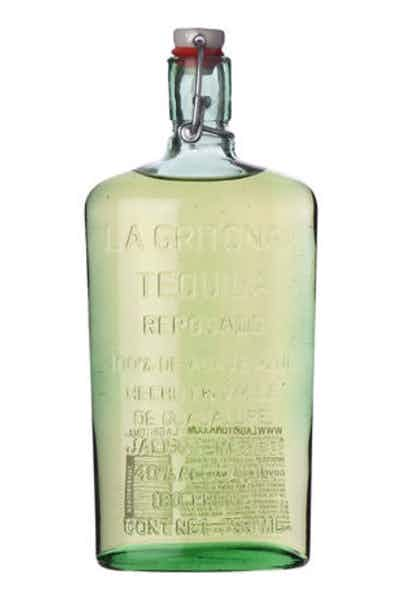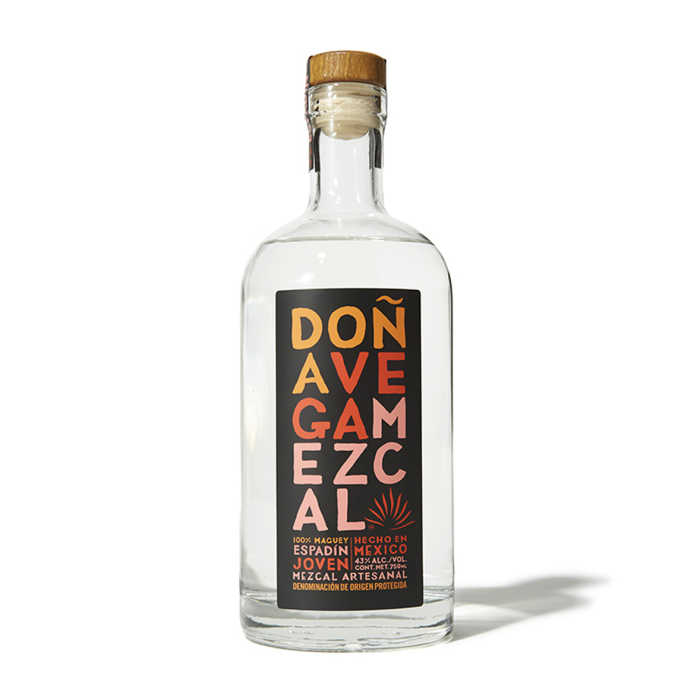It’s Time To Learn The Right Way To Drink (And Buy) Tequila
Look at how that tequila clings to the side of the glass. If it’s high quality, it’s a little bit silkier, it'll stick and run more slowly, like a thin oil.
Eliana Murillo of Tequila Alquimia
Observe the tequila, feast first on it with your eyes, noting the color and viscosity.
Eliana Murillo of Tequila Alquimia
There’s a lot of aromas to pick up on — a lot of peach, yerba buena, lime — things that if you were taking it as shot, you’d never notice.
Melly Barajas of La Gritona Tequila
Allow yourself to experience the texture of tequila against your tongue and down your throat, slowly illuminating a warmth inside of you. Don’t brace yourself for something painful.
Eliana Murillo of Tequila Alquimia









